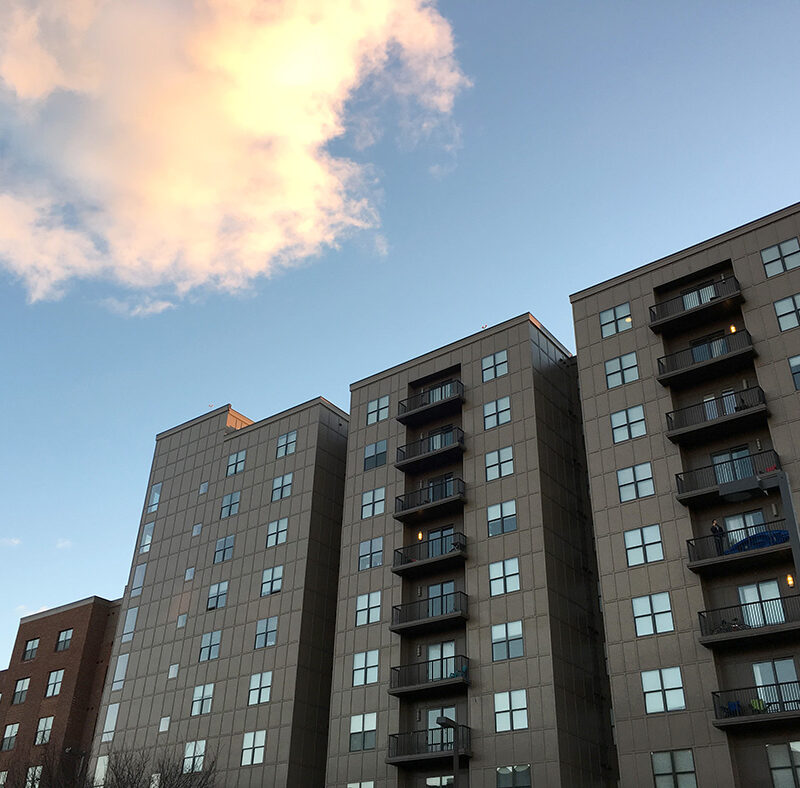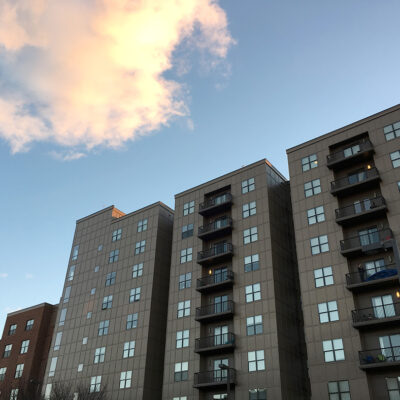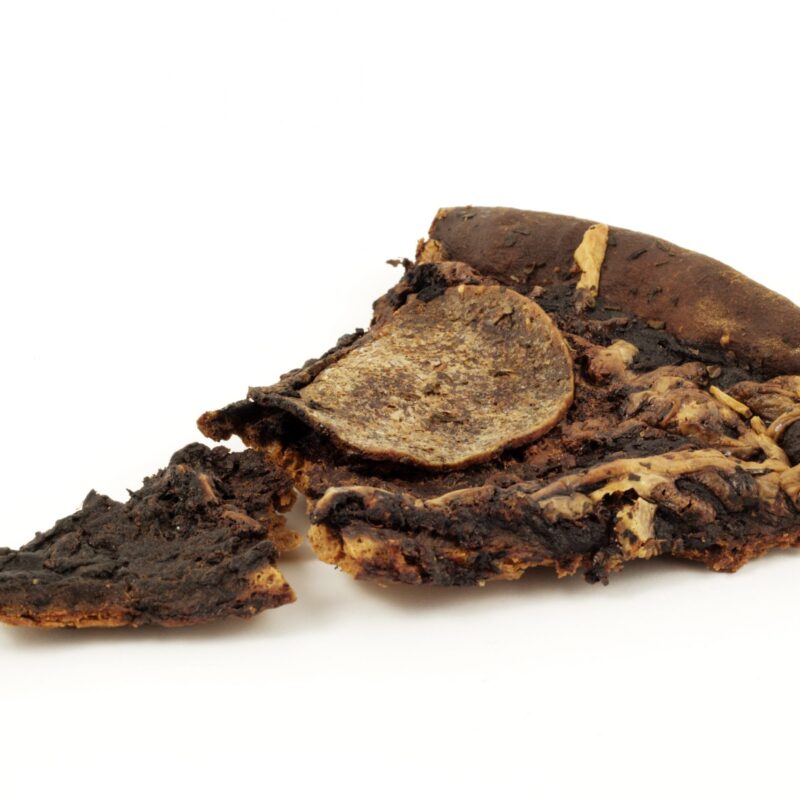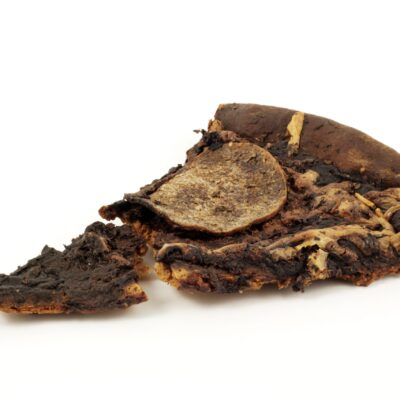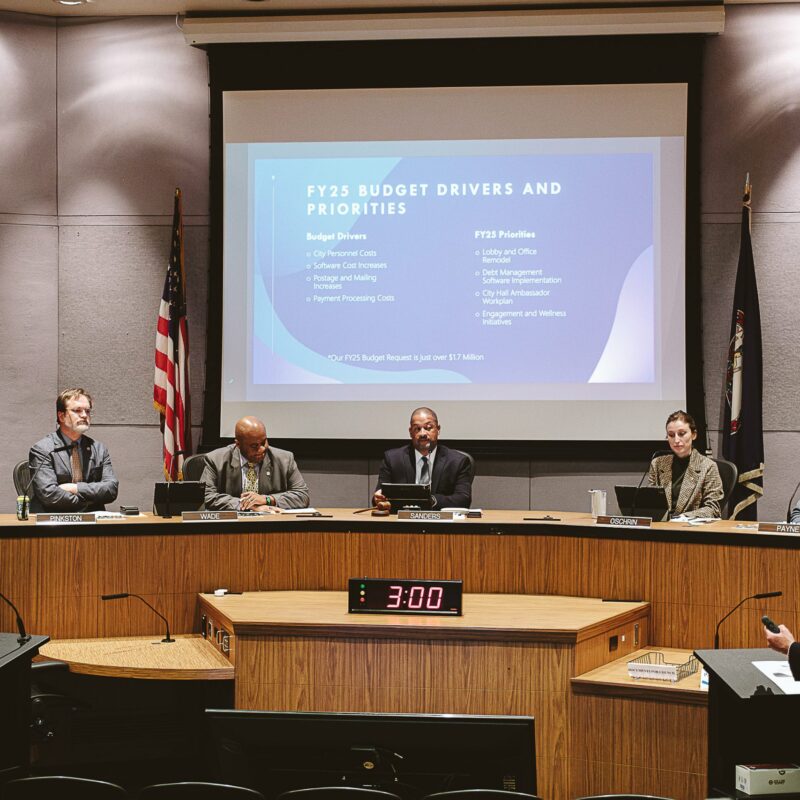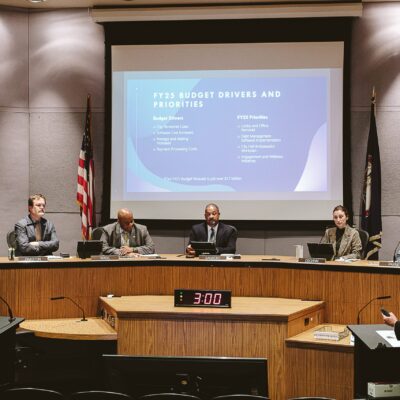From the beginning of this trial, the chatter in the courtroom has been about how long everything seems to be taking. First it was the endless jury selection, then the tedious presentation of every possible scrap of evidence and now we have a vomiting defense attorney. Court was canceled on Thursday due to Rhonda Quagliana being sick, and despite optimism on Judge Hogshire’s part, she was still sick Friday morning.
Quagliana has been handling the medical witnesses for the defense, which means that without her, there’s very little defense at all. Hogshire asked Lawrence if he would be able to bone up on his doctors in 24 hours. “Despite my high estimation of my talents,” Lawrence said, “that would be impossible.”
And so a discussion ensued as to whether or not to continue, with the upshot being that we went through the non-medical witnesses Lawrence had lined up and postponed the rest of the proceedings until Saturday.
It was a morning filled with the bizarre and the inconsequential, devoted to arguments over minor details and interpretations of events. We were finally introduced to the two high school girls, now sophomores in college, who were in Huguely’s apartment the night Love stormed in and hit him with her purse. Their testimony introduced nothing new, something that could honestly be said for the whole day.
Both women (whose full names none of us could hear,) gave a version of what happened April 27 that differed from the one offered by witnesses for the prosecution. Everyone agrees that Love came in, fought with Huguely, and then hit him with her purse, but Friday’s witnesses denied seeing Huguely’s teammate Tim Fuchs in the apartment that night, despite the fact that three other witnesses, plus Fuchs himself, said he was. I’m not sure what we can glean from this, except that Fuchs seems to be very easy for young women to ignore.
Friday also saw the defense trot out two non-medical expert witnesses to try and counter a couple of the Commonwealth’s claims. The first was Dr. Michael Woodhouse, a biomechanical consultant who works for places like Vector Dynamics, a “full service investigative engineering and accident reconstruction firm.” Woodhouse examined the piece of wall removed from next to Love’s bed, and his expert opinion was that it showed no sign of having been struck with an object, like, say, a young woman’s head.
The prosecution has claimed all along that Love died because her head was slammed against the wall, but the defense has done a lot to call that into question, mostly by showing that the wall, including the pictures hanging on it, shows no sign of having received such a blow. The Commonwealth hasn’t done much to fight back, concentrating instead on the specifics of Love’s head injuries, perhaps hoping that how Love received the blunt force trauma to her head will matter less to the jury than the fact that she received it in the first place.
To that end, this trial has turned into a battle of expert witnesses, and the prosecution has a serious advantage in that regard. On their side they have mostly people associated with MCV and UVA hospitals, the state forensics department and the police; people who are local, official and just doing their job.
The defense, on the other hand, isn’t so lucky. They are forced to use people who, rightly or wrongly, are perceived to be experts-for-hire, McWitnesses whose testimony comes tainted by the fact that they’re paid very well for giving it, and presumably know in advance what the person paying them wants them to say.
The defense’s first expert, Dr. Jan Leestma, testified on Wednesday that the damage to Love’s brain was caused not by a blow to the head, but by the CPR administered at the scene. Whether he’s right or not is beyond my medical knowledge, but his testimony did absolutely nothing to dispel the notion that some expert witnesses will say anything for a buck.
Leestma has good credentials, and his direct testimony sounded convincing enough, but during cross-examination Chapman just eviscerated him. Leestma is the author of a paper entitled, “Shaken Baby Syndrome: Do Confessions by Alleged Perpetrators Validate the concept?” which debunks the claim that many children die from brain injuries caused when vigorously shaken, the most famously example being the 1997 trial of British nanny Louise Woodward. Although not exactly the same, “shaken baby” cases often involve the same essential argument being made here, and Leestma has testified for the defense in more than one of those cases. As the Commonwealth pointed out Wednesday, Leestma makes $8,000 for his testimony, plus being paid for his study time and travel expenses.
The second expert the defense called on Friday was Ben Thomas, a business computer consultant brought in to assign a monetary value to Love’s computer. On Wednesday, Snooky’s Pawn Shop owner James Sacco said the computer was worth $250-$350 dollars, based on two similar laptops he’s sold recently. Thomas, on the other hand, said the laptop was only worth $100-$150, based on his professional opinion, as well as recent sales on e-bay.
At issue is whether or not Huguely committed felony larceny when he took Love’s computer. In Virginia, the item you steal only needs a value of $200 to qualify, a number set in 1980. Adjusted for inflation, that $200 would be $550 today, and most states set felony larceny at $500 or higher. Since the second murder charge Huguely faces is murder in the commission of another felony, $50 one way or the other means a lot to both sides.
Two lawyers in the middle of a murder trial fighting about Intel vs. AMD processors, whether one gigabyte is better than two, or if the value of a computer includes the power cord, seems truly absurd. The scary thing is, when it comes to the law, it’s often exactly such absurd struggles that determine the course of our lives.
The last witness before the day was halted early was a strange one. Alina Massaro, Huguely’s aunt on his mother’s side, spoke about a dinner on Saturday, May 2 at Boylan Heights for senior lacrosse players and their families. Massaro attended with her two teenage daughters, Huguely and his mother. They ran into Love as they walked in, a meeting captured by a Boylan Heights security camera.
The Jury watched silent video footage as Massaro narrated. They saw Love hug Massaro, her daughters and Huguely’s mother. And then, as they all stood around talking, Huguely and Love apparently held hands. All the testimony until now has been that they barely talked that night and were both upset by the purse incident.
Does the video show that they were trying to work things out? Does it make it harder to see Huguely as a premeditated killer? Or does it just prove that Love was polite? If nothing else, it reminds us that memories of Yeardley Love don’t belong solely to her family.
Watching Huguely’s aunt narrate this flashback of a happier time was a bizarre moment for many reasons; not least of which was the eerie feeling that someday trials will simply consist of watching footage from the “security” cameras tracking our every move. But it also made me feel very sad. Watching her I thought about how we all play, over and over in our minds, the silent footage of our past, looking for the good times, but also for an answer to why things have turned out the way they have.
